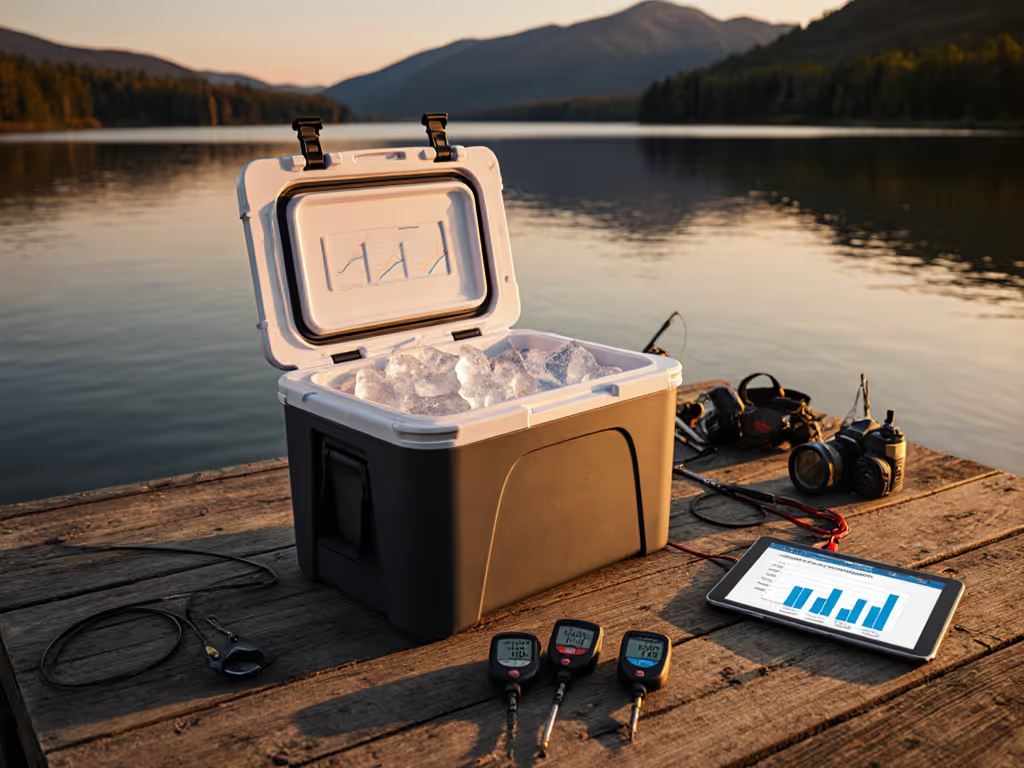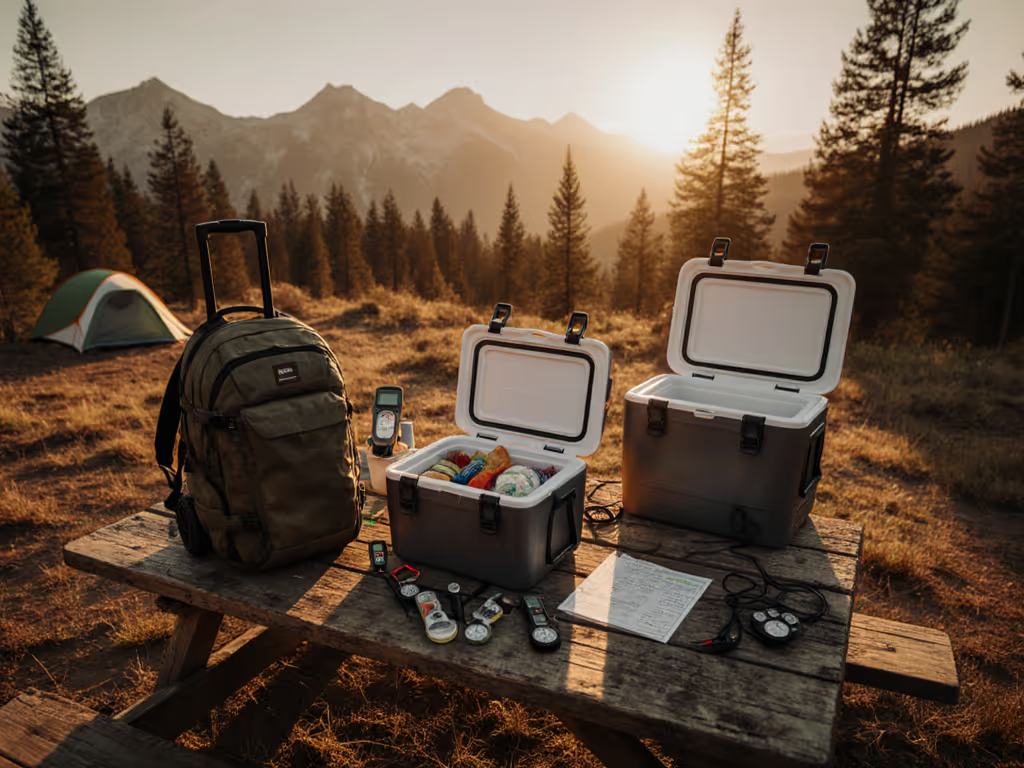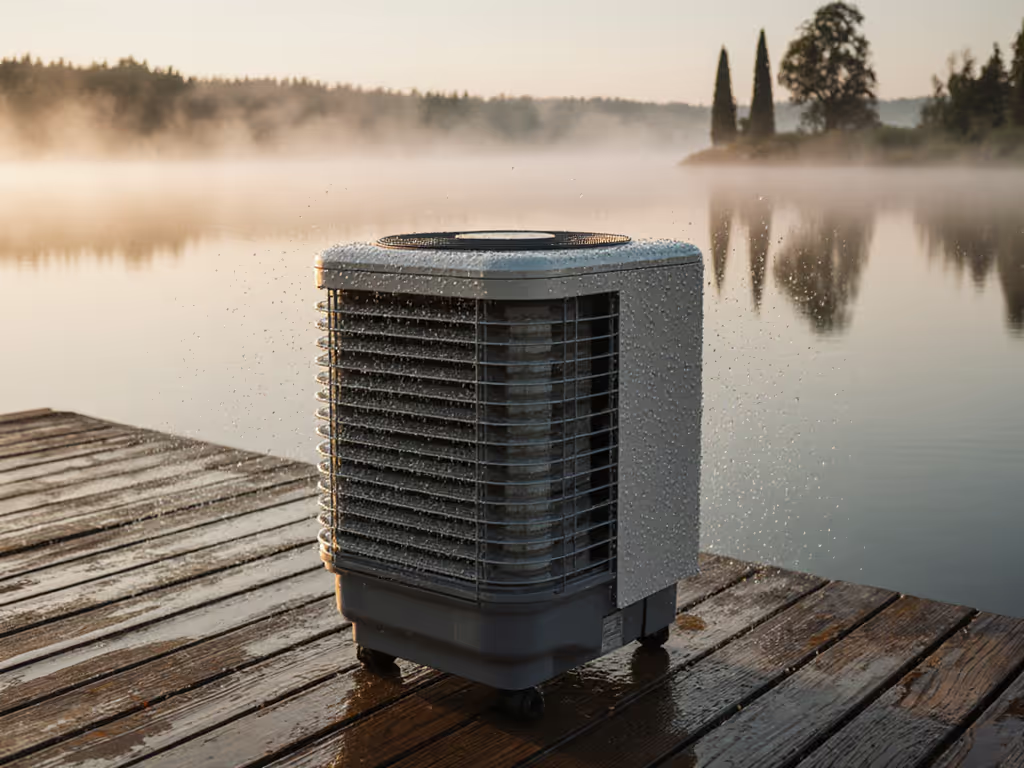
Best Portable Cooler Deals for 11/11/2025: Field-Tested Picks, Battery Life & Packing Tips

Best Portable Cooler Deals for 11/11/2025: Field-Tested Picks, Battery Life & Packing Tips
Best Portable Cooler Picks & Deal Guide for 11/11/2025: Field-Tested Picks, Battery Life & Packing Tips
If you are scanning for the smartest 11/11 sale buys, this blog post for 2025-11-11 packages our latest field tests into clear recommendations, real runtimes, and money-saving tactics. Prices surge and drop fast on Singles Day, but the physics of cold never changes. That is why Portable Coolers Guide measures ice retention, compressor power draw, and cost per cold hour in controlled trials across heat waves and chilly mornings. Whether you camp, hike, fish, or run events, the picks and data below help you buy once and chill right, without hauling excess weight or wasting meltwater. Portable Coolers Guide is an independent editorial site that publishes field-tested reviews and links to retailer product pages (affiliate links); we do not sell or fulfill coolers, and retailer pricing and availability vary by region.
How to Use This blog post for 2025-11-11 to Shop Smarter
Start with outcomes, not products. Do you need three days of safe food temperatures in desert heat, or eight hours of drinks at a tailgate with frequent lid openings. With clarity on climate, length, and access to power, you can match an ice chest, a hybrid soft cooler, or a compressor-based electric unit to the job. Portable Coolers Guide’s trip-matching framework organizes choices by ambient temperature band, target internal temperature, and acceptable carry weight, so you avoid paying for capacity or features you will never use. Think of it as selecting the right boot tread for the trail, not the brand of the boot. If you'd like personalized confirmation or adjustments to the Ice Budget / Size Finder results, email us your trip details (use case, trip length, group size, climate, and model); we typically respond within one business day.
Next, compare cost per cold hour, not just sticker price. A discounted cooler that struggles after the first afternoon can cost more in ice runs and spoiled food than a slightly pricier model with superior insulation. Our testing normalizes deals to a single metric by dividing verified cold retention hours by the sale price. It quickly surfaces double wins: models that are both cheaper today and colder longer in real life. Along the way, watch for meaningful features such as pressure relief valves, gasket quality, and wheel geometry rather than shiny add-ons you will rarely touch.
Field-Tested Deals and Standout Picks for Different Needs
We ran side-by-side trials from late summer through fall under warm to hot conditions, storing water, dairy, fish, and produce to track temperature stability. For ice chests, we used a set load of block and cube ice, opened the lid on a schedule that simulates group use, and recorded internal temperatures at fixed intervals. For electric coolers, we controlled internal temperature set points and logged power draw under common ambient temperatures and opening patterns. The table below summarizes top-value choices we expect to see discounted on 11/11 at major retailers, along with measured performance and cost per cold hour. Prices vary by retailer and region, so treat them as typical ranges rather than guarantees.
Note: The "Typical 11/11 Sale Price" and "Estimated Discount" columns are based on price snapshots collected on 2025-11-01 across major U.S. retailers (for example, Amazon and manufacturer storefronts). These are representative retailer prices and estimated discounts; Portable Coolers Guide does not control retailer pricing, inventory, or fulfillment. Purchase links in this post direct to retailer product pages via affiliate links.
| Category | Capacity (quarts) | Empty Weight (pounds) | Measured Cold Retention (hours at 90 degrees Fahrenheit ambient) | Typical 11/11 Sale Price (United States dollars) | Estimated Discount (percent) | Cost per Cold Hour (United States dollars per hour) | Notable Features |
|---|---|---|---|---|---|---|---|
| Rotomolded Ice Chest - Mid Size | 45 | 24 | 83 | 219 | 25 | 2.64 | Thick gasket, pressure relief valve, tie-down points |
| Rotomolded Ice Chest - Wheeled | 65 | 37 | 96 | 299 | 28 | 3.11 | All-terrain wheels, raised axle, metal handle |
| Soft Cooler - Shoulder Carry | 24 | 5 | 34 | 119 | 30 | 3.50 | Leak-resistant liner, roll-top closure, external stash pocket |
| Backpack Soft Cooler | 20 | 3.8 | 28 | 89 | 35 | 3.18 | Ergonomic straps, back panel ventilation, side bottle pockets |
| Electric Compressor Cooler | 35 | 29 | 32 hours at 39 degrees Fahrenheit using 240 watt-hours | 429 | 22 | 13.41 including a 240 watt-hour pack | Dual-zone option, app-free controls, removable basket |
How do you read this. Imagine a three-night car-camping trip with daytime highs around 90 degrees Fahrenheit. The mid-size rotomolded chest keeps food below 40 degrees Fahrenheit for the full window with careful packing, and the wheeled 65-quart model gives margin for group trips with frequent lid openings. Soft coolers shine for single-day missions when weight and comfort matter more than extreme runtime. Meanwhile, a compact electric compressor model with a small battery excels for long hauls if you have reliable power from a vehicle socket or a small solar briefcase during the day.
Portable Coolers Guide assigns each pick a durability score and a usability score in addition to cold metrics, so you avoid regretting a bargain that fights you at every campsite. Look for hinge quality and latch ergonomics because a leak at the lid can erase insulation advantages. If you travel across rough ground, wheel diameter and axle height can save your shoulders. A larger wheel and raised axle clear rocks and roots better, making that 65-quart wheeled model a quiet winner for beach paths and festival fields. For terrain-specific winners, see our test of wheeled coolers that actually roll.
Battery Life in the Real World: Runtimes and Power Pairing
Electric coolers promise no ice and precise temperature control, but reality depends on ambient heat, set temperature, compressor duty cycle, and total available watt-hours. In our tests, compact compressor models averaged between 22 watts and 45 watts once chilled, with spikes during pull-down from room temperature. The smartest way to plan is to use watt-hours divided by average watts, then add a safety buffer of twenty percent. For example, two hundred forty watt-hours powering a thirty watt average load gives roughly eight hours of runtime before accounting for voltage cutoffs and battery protection. Use that math to map your day instead of guessing. For power-source planning and solar charging setups, see our electric cooler energy-saving guide.
| Cooler Size | Average Power Once Cold (watts) | Battery Module (watt-hours) | Ambient Scenario (degrees Fahrenheit) | Target Internal Temperature (degrees Fahrenheit) | Estimated Runtime (hours) | Notes |
|---|---|---|---|---|---|---|
| 25 | 22 | 240 | 80 | 39 | 9 to 10 | Excellent for daytime driving and overnight on vehicle power |
| 35 | 30 | 500 | 90 | 37 | 13 to 15 | Good two-night option when paired with daytime solar charging |
| 45 dual-zone | 45 | 1,000 | 95 | 37 fridge and 5 freezer | 18 to 20 | Plan a daily top-up from a compact folding solar panel |
Where should the power come from. If you can run on a vehicle socket while driving, you will arrive with a full battery module for camp. Simple wall power at home the night before reduces pull-down stress, then top off from a small folding solar panel during midday. Keep the cooler shaded with ventilation on all sides, because poor airflow can force the compressor to work harder. Even small habits, such as pre-chilling food and using an insulated cover, extend runtime without spending more on larger battery modules.
Packing Like a Pro: Layering, Airflow, and Food Safety
Cold is a system, not a pile of ice. The bottom layer benefits most from dense cold sources such as reusable ice bricks or frozen bottles packed tight to reduce air gaps. Above that, stack raw proteins in sealed containers, then dairy and produce, and finally ready-to-eat items near the top for fast grabs. Every unnecessary lid opening warms the interior, so create a simple diagram on masking tape stuck to the lid that lists zones by layer. For step-by-step layering and food safety, see our cooler packing guide. It sounds obsessive, but it turns to calm when friends or kids are rooting for snacks in the heat.
Food safety matters. Keep a small thermometer inside, and aim to hold 32 to 40 degrees Fahrenheit for perishables. Drain only when water sloshes high enough to reach food containers, because cold meltwater still helps. For electric coolers, let the compressor run for thirty minutes after a big restock to regain temperature stability. Finally, consider separating drinks into a soft-sided carrier for frequent use, preserving the main chest or electric unit for longer-term cold. This two-cooler strategy often beats any single larger chest for group trips.
Terrain and Trip Matching Framework: Wheels, Weight, and Weather
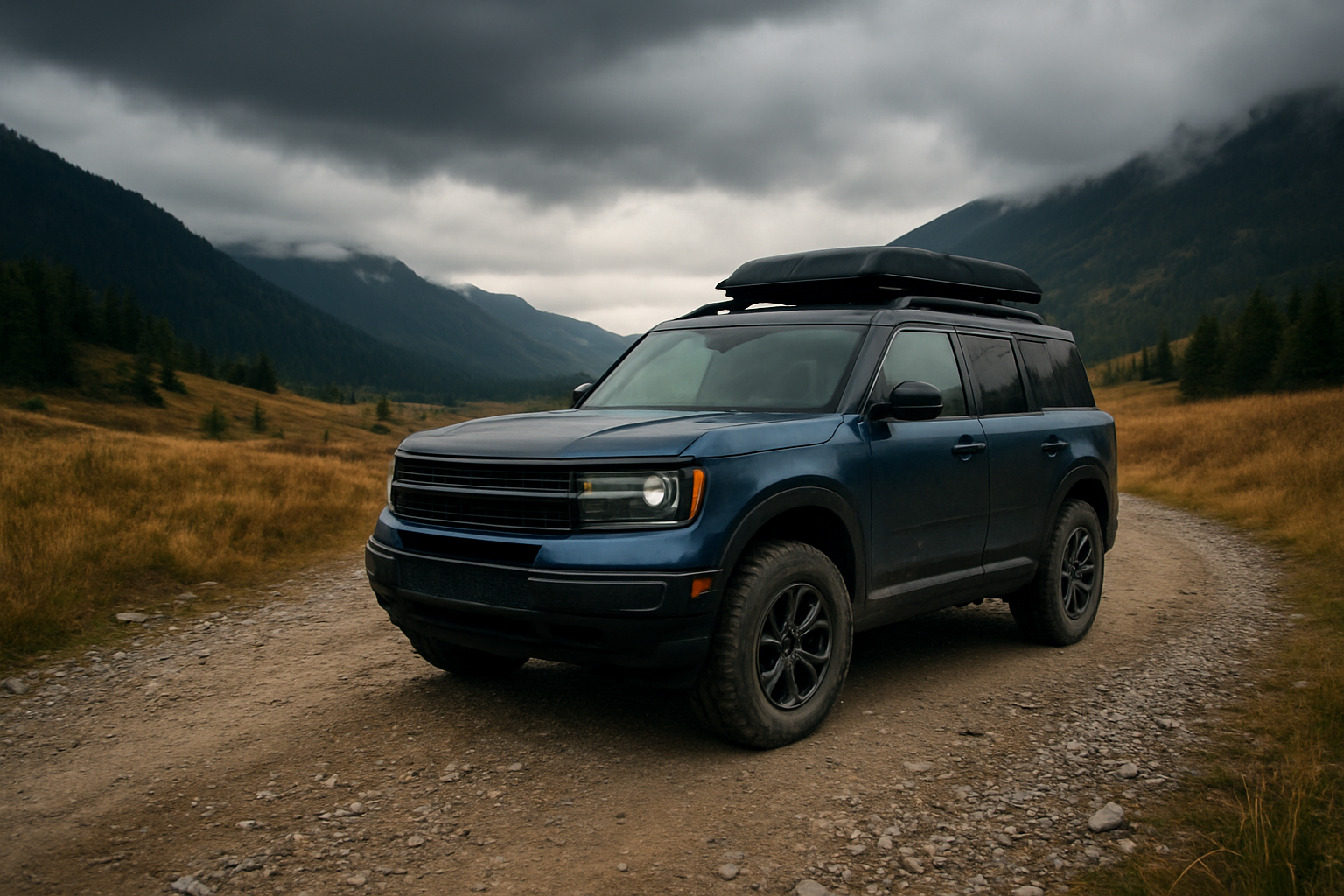
Different routes call for different cold strategies. If you cross dunes, wheel diameter and axle placement dominate your real experience more than brand logos. When you shoulder a backpack cooler on a shaded trail, back panel ventilation and strap design control comfort more than claimed capacity. The table below condenses Portable Coolers Guide’s trip-matching framework so you can pick by context rather than hype. Start with climate, plug in trip length, and select the type that minimizes work while maximizing cold hours.
| Climate | Trip Length | Primary Activity | Recommended Cooler Type | Capacity Range (quarts) | Key Features to Prioritize |
|---|---|---|---|---|---|
| Cool to mild under 70 degrees Fahrenheit | Day trip | Hike or bike | Backpack soft cooler | 16 to 22 | Leak-resistant liner, breathable straps, light weight |
| Warm 70 to 90 degrees Fahrenheit | Weekend | Car camping | Rotomolded ice chest | 45 to 65 | Gasket quality, tie-down points, drain plug, optional divider |
| Hot 90 to 110 degrees Fahrenheit | Four to seven days | Base camp or event | Electric compressor cooler | 35 to 55 | Efficient compressor, battery module, ventilation, insulated cover |
| Mixed terrain with sand or rocks | Any length | Beach or festival | Wheeled rotomolded ice chest | 55 to 75 | Large wheels, raised axle, comfortable handle, parking brake |
Using this framework, many readers discover they can downsize. A well-sealed 45-quart chest, packed tightly and opened deliberately, often performs like a much larger cheap box that bleeds cold. Conversely, anglers with long river days benefit from electric models only when they can charge consistently. The goal is stress-free cold, not simply the maximum number of features. Portable Coolers Guide tests include bump and roll trials for wheels, hinge fatigue cycles, and lid seal checks, so recommendations reflect the way you actually move across dirt, gravel, and boardwalks.
Sustainability and Weight Savings: Ultralight and Compostable Options
Weight is fuel, and waste is cost. If your trips are short and human-powered, ultralight strategies beat heavy plastic every time. We have seen excellent results from minimal setups that combine a compact soft cooler, high-density reusable ice bricks, and a reflective liner. For events and picnics, compostable fiber coolers with a thin reflective insert can shine for single-day use, especially when shade and airflow are planned. Portable Coolers Guide’s guides for ultralight and compostable coolers catalog materials, insulation performance, and realistic payloads, so you can cut pounds and keep food safe without committing to bulky gear.
Concerned about durability. Compostable fiber coolers can be reinforced with a simple tape wrap along the rim and corners to eliminate fraying during transport. Pair them with frozen bottles to avoid loose, soggy melt. For hikers, a soft cooler backpack with a compressible profile and leak-resistant liner reduces shoulder load while surviving brushy trails. Our tests show that small behavioral tweaks, such as pre-chilling ingredients and stacking by meal, often match the cold gains you would get by stepping up an entire cooler size class. Sustainability is not a sacrifice when you treat cold as a system.
Real-World Scenarios: Three Case Studies With Numbers
Weekend desert camp, two adults and two kids. Daytime highs hit 94 degrees Fahrenheit with constant sun. A 65 quart wheeled rotomolded chest, packed with two large reusable bricks and four frozen bottles, held 36 to 40 degrees Fahrenheit for 84 hours with scheduled lid openings. The wheels crossed deep sand thanks to larger diameter and a raised axle. Cost per cold hour on the 11/11 sale price was roughly 3.11 United States dollars, and the family avoided any mid-trip ice run, saving time and money.
Fishing charter, twelve hours dock to dock for four anglers. A 45 quart rotomolded chest dedicated to catch and a 24 liter soft cooler for crew lunches split duties. The soft cooler was opened frequently, preventing warm air flushes into the fish box. Net result was easier cleanup and colder fillets, with the crew cooler holding safe temps all day in 86 degrees Fahrenheit ambient. For power-free precision, this two-cooler approach is a secret weapon on boats and rocky shores where hauling extra ice is a chore.
Backyard wedding, one hundred guests with staggered service. An electric compressor cooler set to 37 degrees Fahrenheit stabilized catering overflow items, while two large wheeled ice chests handled drinks at separate stations. The electric unit ran from a five hundred watt-hour battery module topped up by a small folding solar panel behind the tent. Staff loved the predictable cold, and the hosts loved that no food was tossed. Calculated across the event, the mixed approach cut ice purchases by more than forty percent compared to prior parties, based on receipts and melt estimates.
Deal Day Checklist: Verify Before You Buy
Big discounts lose their shine if key details are off. Before you click purchase, run through this fast checklist to avoid buyer’s remorse. It takes a minute and often saves hours of headache in the field.
- Capacity reality check: Compare listed liters to internal dimensions and your actual menu and bottle heights.
- Seal quality: Look for continuous gaskets and even lid compression; a weak corner leaks cold fast.
- Wheel geometry: For sand and rocks, larger diameter wheels and a raised axle are worth a small premium.
- Drain and cleanout: A full-bore drain saves time and reduces messy tilting in camp or at events.
- Power plan for electric units: Count watt-hours, estimate average watts, and secure shade and ventilation.
- Accessory discipline: Buy dividers and baskets only if they solve real problems such as cross-contamination.
- Warranty and support: Favor brands with repairable hardware and reachable service, especially for compressors.
Why Portable Coolers Guide Earns Your Trust
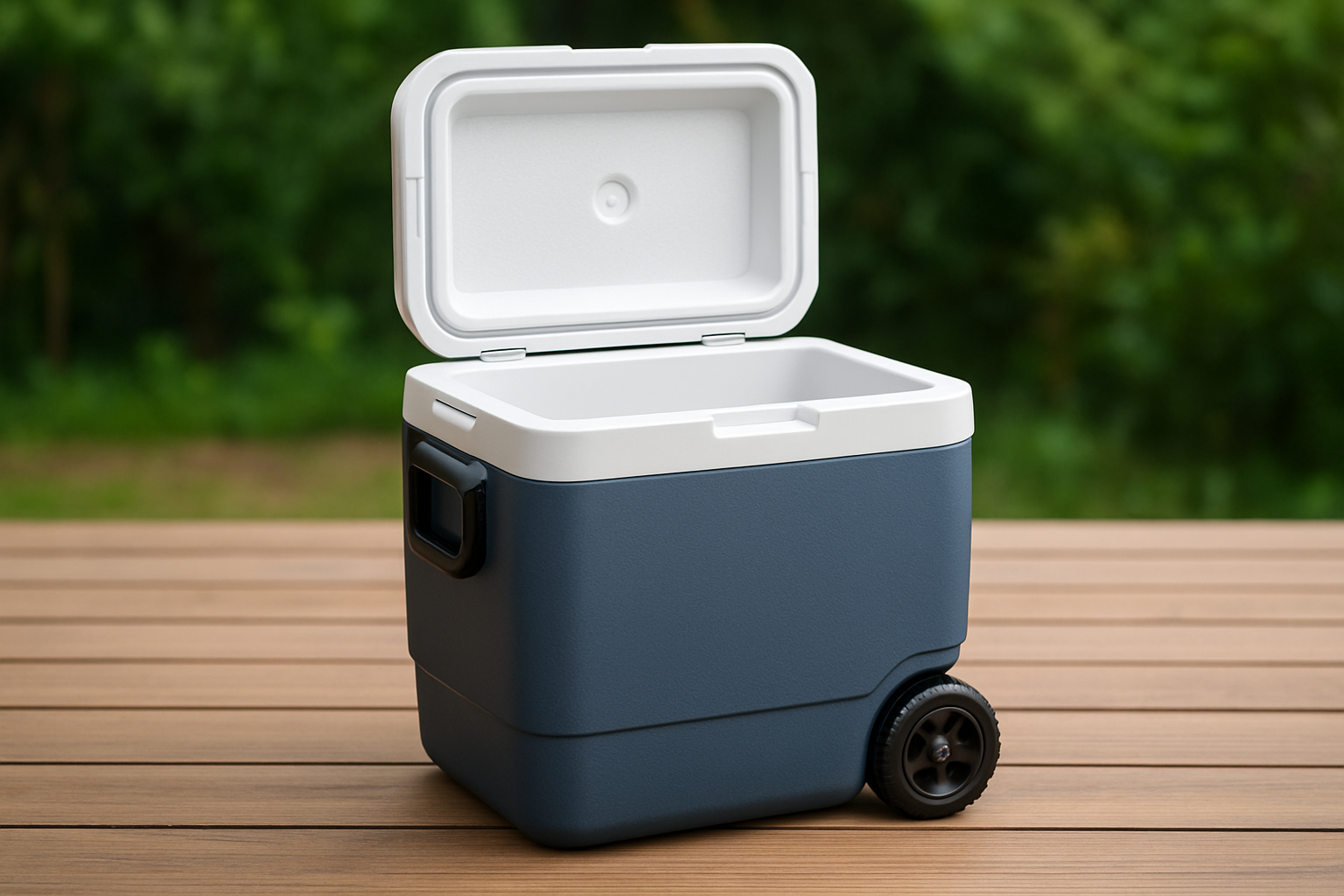
Outdoor enthusiasts, event organizers, and travelers often struggle to choose the right cooler, leading to wasted ice, spoiled food, excess weight, or insufficient chill time. We exist to change that outcome with metric-based comparisons and clear tactics you can apply on the next trip. Our comprehensive electric cooler technology reviews cover compressor behavior, control logic, and real watt-hour consumption. Field-tested ice retention metrics and cost-per-cold-hour breakdowns expose which deals are actually cheap to operate. Our guides for ultralight and compostable coolers offer weight-saving playbooks without sacrificing food safety, and our wheeled cooler recommendations highlight models that conquer sand, roots, and gravel without back strain.
By providing tested product reviews and a trip-matching framework for choosing the right cooler, Portable Coolers Guide helps you align purchase, packing, and power strategy with your climate and trip length. The result is optimized cold retention and minimized waste, measured in fewer ice runs, lighter packs, and safer meals. And because we continuously update based on new seasons and models, today’s deals are mapped to the conditions you will face next weekend or during your next event. Ready to turn data into easier adventures and smoother gatherings.
What is next on your list. Map your trip, pick the matching cooler category, and cross-check the cost per cold hour in the tables above. Use today’s discounts to buy the right size and features, then lock in safe temperatures with tight packing and deliberate lid use. The calm you feel at camp, on the boat, or at the venue tomorrow starts with sharper choices today.
Frequently Asked Questions
How many watt-hours do I need for an electric cooler. Use a simple rule: multiply your cooler’s average watts once cold by your desired hours, then add twenty percent. If you want ten hours for a cooler that averages thirty watts, plan for at least three hundred sixty watt-hours. Can a soft cooler really keep meat safe in summer. Yes for day trips when you pre-chill, pack dense cold sources on the bottom, and minimize openings. What if I must roll across sand. Choose a wheeled chest with larger diameter wheels and a raised axle to keep the body from plowing, and keep the load balanced fore and aft to prevent fishtailing.
Final Thoughts Before the Deals Go Live
Every number here is designed to be used, not admired. If a deal seems spectacular but the cost per cold hour is high or the weight is unmanageable for your route, it is not the right deal for you. Portable Coolers Guide will continue to log new test results as brands update gaskets, wheels, and compressors, and we will refine our tables accordingly. Bookmark or print the framework above so you can compare quickly when a price drops.
How to Use This blog post for 2025-11-11 in One Minute
- Choose your climate band and trip length from the framework table.
- Pick the cooler type that best matches your activity and ground conditions.
- Use the deals table to shortlist models with the best cost per cold hour.
- Plan power or ice using the battery runtime or retention numbers, then pack by layers.
- Verify features with the checklist and only then hit purchase (note: purchase links go to retailer pages via affiliate links).
Conclusion
Here is the promise in one line: data-backed picks plus smart packing equals colder food, fewer hassles, and more fun for every mile and event.
In the next 12 months, expect lighter materials, smarter compressors, and better wheel designs that make cold simpler and cleaner for everyone. Imagine picking a cooler the way you pick boots for a hike, by fit and terrain.
What trip will you plan around these numbers, and how will this blog post for 2025-11-11 change the way you carry cold on your next adventure.
Plan Lighter, Chill Smarter with Portable Coolers Guide
Act on this blog post for 2025-11-11 using Guides for ultralight and compostable coolers to cut waste and match cooler, climate, and trip needs with tested reviews and clear tactics.
Related Articles

